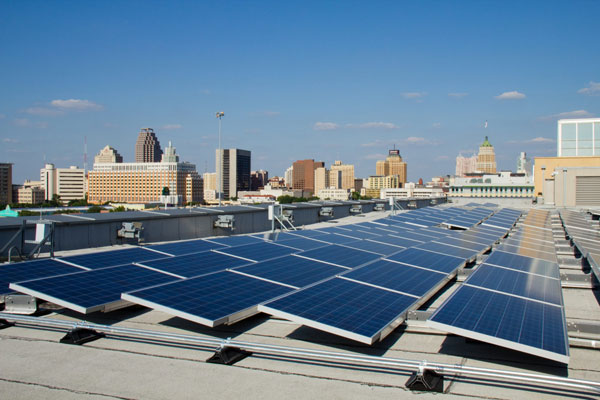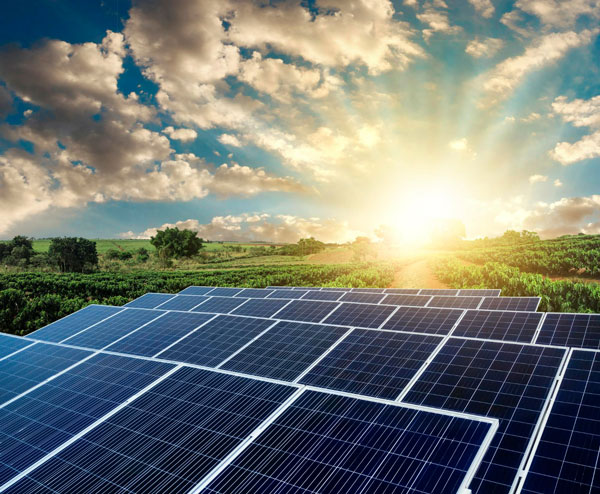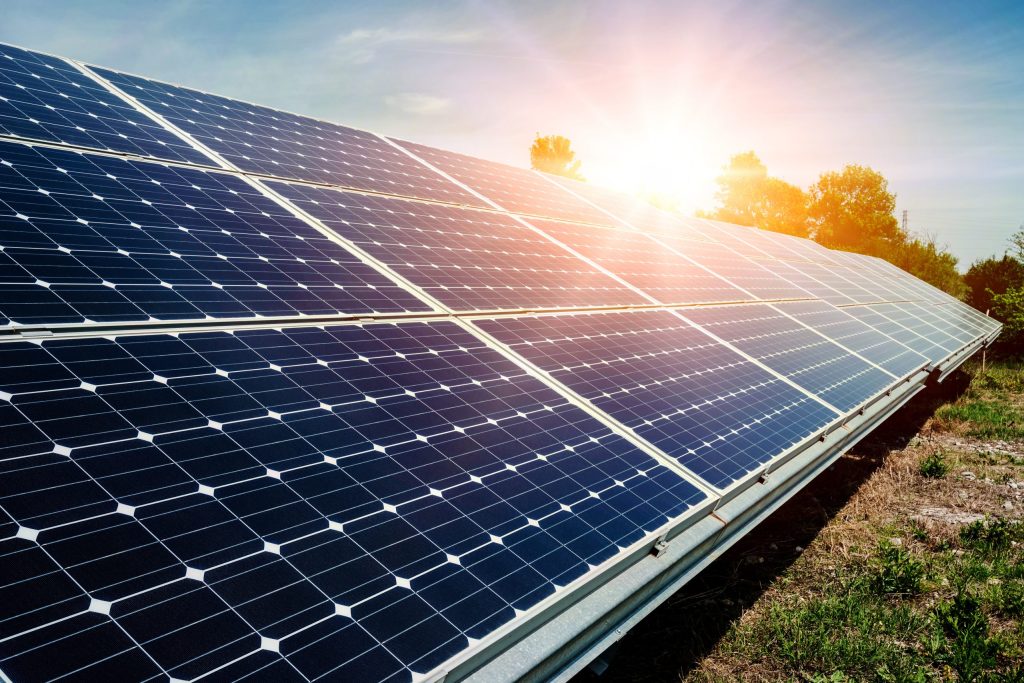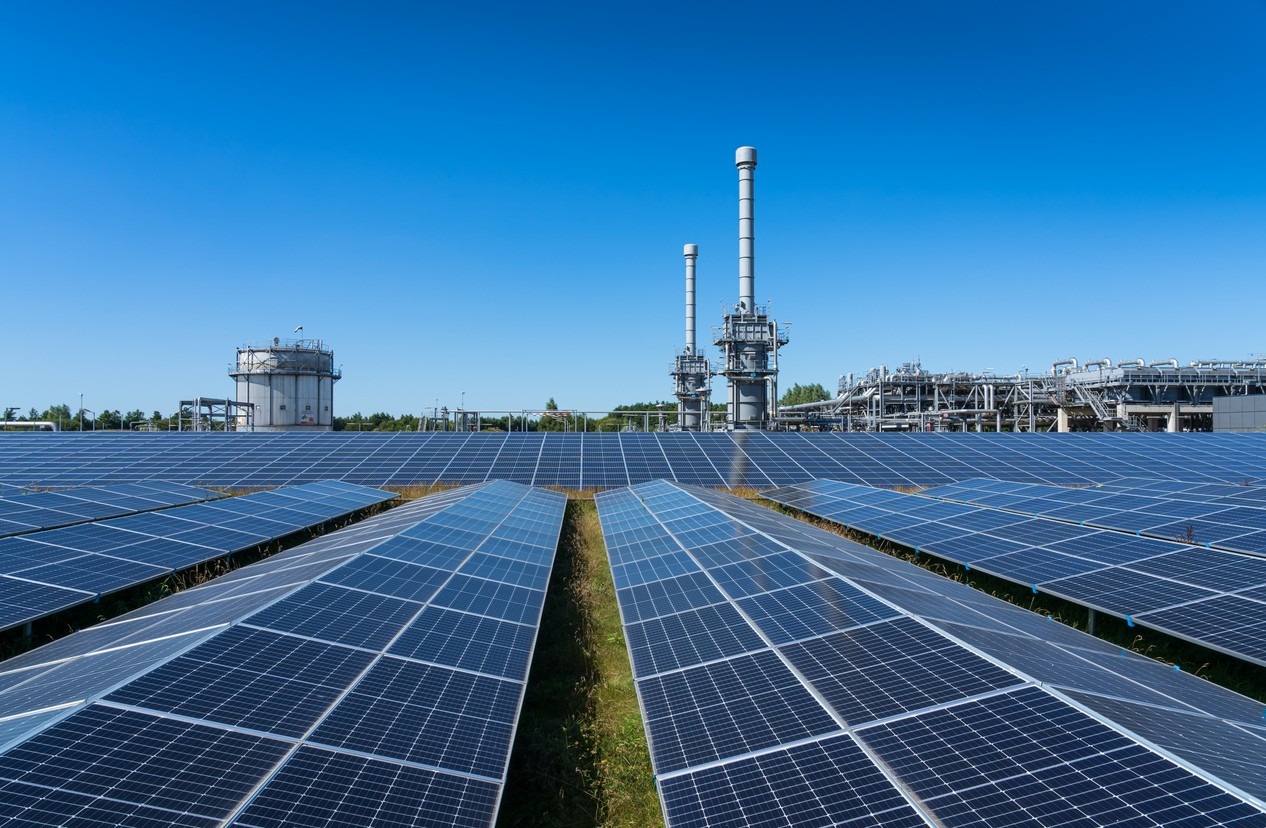BIPV
Building-integrated photovoltaics are transforming the landscape of urban architecture. Photovoltaic materials can be used as part of a building’s architecture, such as facade, windows, and roof. The material complicates the technology. Its development and incorporation into a building’s design has numerous benefits. It is an attractive solution that effectively cuts energy consumption and expenses related to it and the production.
Benefits and Role of BIPV
Many technological implementations reduce the carbon footprints of cities. BIPV is a valuable source for these implementations while enhancing aesthetic appearances through this structure. Salesforce Tower has BIPV in San Francisco, contributing to the facility’s LEED Platinum certification. Visible light and energy is obtained through technology that is often hiding in transparent solar cells. It can efficiently cut energy consumption by 40 %. Building in Zurich has facades that generate approximately 30 kWh/m² per year in medium-sized devices. This situation also offers economic benefit through reduced bills.
BIPV Technology and Material
Crystalline silicon and thin-film solar cells are a good option for modern curvy buildings. They will better integrate and have a higher level of efficiency. They are used in transparent solar panels which can be used in building architecture as windows. The panel has a safety glass layer, a transparent conductive oxide, masking glass, and a silicon conductor. While they generating power, they pass light.
BIPV Success Stories and Future Trends
The Edge in Amsterdam has effective BIPV. With a 15,000-square-meter solar power station on the building, it generates 102% of its electricity and can also charge electric vehicles on the parking lot. The future is solar smart buildings. They need sensors and IoT to effectively monitor the production, performance, and use of electricity. Predictive technologies will effectively manage and extend the life of devices and algorithms.

Thin-Film Solar Panels
Thin-film solar panels are a type of solar panel, mainly used in the setting of an urban city, an off grid or very remote applications. These panels are characterized for being lighter, more flexible, and as a result, they could perfectly be used in urban cities. As the work suggests, they define the history of the solar panels, the problems to be resolved, their advantages and major constituent components, and the efficiency and adaptability of the thin-film solar panels on buildings.
The thin-film solar panel’s history starts from the first introduction of solar panels. In the 1950s, the beginning of the solar panel was the photovoltaic solar cells that were used to make solar batteries to power small items, such as calculators and watches. If compared with conventional solar panels, thin-film panels weigh far less and are more flexible, adapt to diverse kinds of surfaces, and are ideal for buildings with extremely limited roofs or curved facades. The Millennium Park roof in Chicago has a curve and is paved with flexible thin-film solar panels that mimic the shape of the roof of an attached art gallery and intensify and increase the solar output.
The main reason for thin-film panels’ edges is their cost of installation and maintenance. Shortly, they are down to a size of a few micrometers thick and use much less material in comparison with the crystal version, Their production and installation are perfect. Recent example, in new York, thin-film panels were 20% cheaper to install than the conventional ones. In contrast, the weak point is that the in northern cities, the light rates attached to the building are usually less than Down, which causes the accidents, while the thin-film panels achieve 90% overhead in cloudy conditions, compared to 75 in regular panels. In real life, there is an example in Tokyo, too, where installation of thin-film solar panels has occurred in a historic glass building. As a result, the production has increased by 15%, and experienced no overhaul.
Transparent Solar Panels
Image of such solar panels
Transparent solar panels are a revolutionary method of integrating solar power into urban buildings in such a way that does not change their appearance. While the idea does not have too many practical applications, it certainly suggests some interesting solutions. The technology is especially useful for glass buildings – a type of building which is known for its near-transparency to light. While these buildings might appear clear when it comes to visible light, many of them can stop a considerable amount of sunlight, which can be used to produce energy. The effect is achieved using a specially designed organic material that is used in the creation of the panels.
Efficiency information
The nearly transparent solar panels lose considerably in terms of efficiency when they are compared to the ordinary black panels. They also gain a lot in the usage of the more traditional urban and suburban application areas. Their energy conversion rate hovers around the value of about 10%, while letting in approximately 85% of the visible light. Their impact on daylighting is minimal, and they can be used on high-rise buildings or any other type of glass or transparent facades. The organic material used in the creation of these nearly invisible solar panels is a developer product that was crafted to do a particularly good job of absorbing the non-visible part of the light spectrum. The material also allows the “panels” to endure the rigors of long-term use in a typical urban environment. One of the commercial applications of transparent solar panels can be found in a San Diego atrium, which powers the complex’s lighting.
Smart Solar Windows
A notable development in solar technology, smart solar windows combine the functionality of traditional windows with the energy-generating properties of solar cells. An additional feature of these windows, apart from the advanced photovoltaic technology embedded within the glass pane, is the light transmission feature, which can be adjusted. An example of deployment of this technology is in a 40-story building in Chicago, where they provide around 20% of the site’s energy demand. These solar windows generate energy and, at the same time, are very useful in an urban environment.
Functionality
This type of windows can often be coupled with the building management system, helping to monitor in real time the amount of energy supplied and adjust the settings accordingly. On some sites, the electricity alongside the comfort factor is spared, with the sky-clear glasses becoming completely transparent and allowing as much sunlight in as possible. The smart solar glass turns darker as soon as the sunrays are at an angle, therefore reducing the amount of heat that goes into the building. This overlapping of function and practicality is characteristic of the innovative technologies that are put into smart solar windows.
Durability and Service Life
The manufacturers also make sure the material will withstand the conditions of an urban environment, namely pollution and precipitation, hence account for the feasible life span of the product. The heavy-duty nature of the smart solar windows is characteristic of the solar cells that are encapsulated in glass. Thus far, their drastic performance reduction, not noticeable by the naked eye, can be detected only is observed after a 10-year-long monitoring at a location in San Francisco. Another example of deployment in an office building in Seattle proves the windows’ usefulness by reducing the building’s energy use by as much as 30% yearly while also awarding the building some points towards LEED certification.

Modular Solar Panels
Modular solar panels are an adaptable and dynamic solution made for an urban environment. Its primary feature is that it is adaptable. These panels are modular and can be customized to adjust to the different building sizes and dimensions. A given object consisting of modular panels may look very similar to or very different from another one that takes a similar amount of space. Catering to these needs is technologically possible due to the customizable nature of modular panels and their proper architectural design.
Customizability and Scalability
This characteristic makes modular solar panels scalable, which means that they can be designed to fit the power needs of a given building. This type of panel can be installed in a small urban building, as was done in a small Portland healthcare office. According to the source, the system can be expanded to meet the growing power needs of the building. Once installed, it was able to reduce the owners’ dependence on the grid by around 25%.
Installation with Architectural Relevance
One of the peculiar qualities of modular solar panels is that they can be customized to have a very thin and light design and weight. The panels feature a lightweight design and simple mounting systems, which ensures that these devices can be installed in urban conditions quickly and with minimum resources or architectural interference. An installed modular panel system in an Atlanta building proves that this installation can take only two days without causing any anxiety for the building’s regular features or services.
Technological Specifics
These devices are upgraded by smart technology that allows the panels to maximize the power they accumulate by turning at the appropriate angle. At the moment, they use photo-voltaic cells, with the average panel needing 18% of the captured energy.
Utilization Examples
There are a lot of such examples across the globe. One of the most interesting ones takes place in Berlin, a city that houses a residential complex with solar panels that constitute a “solar garden” atop their roof. These panels are modular, and so each unit has its portion. It helps all the people in the building as electricity contributes to the cost of the whole building’s maintenance.





